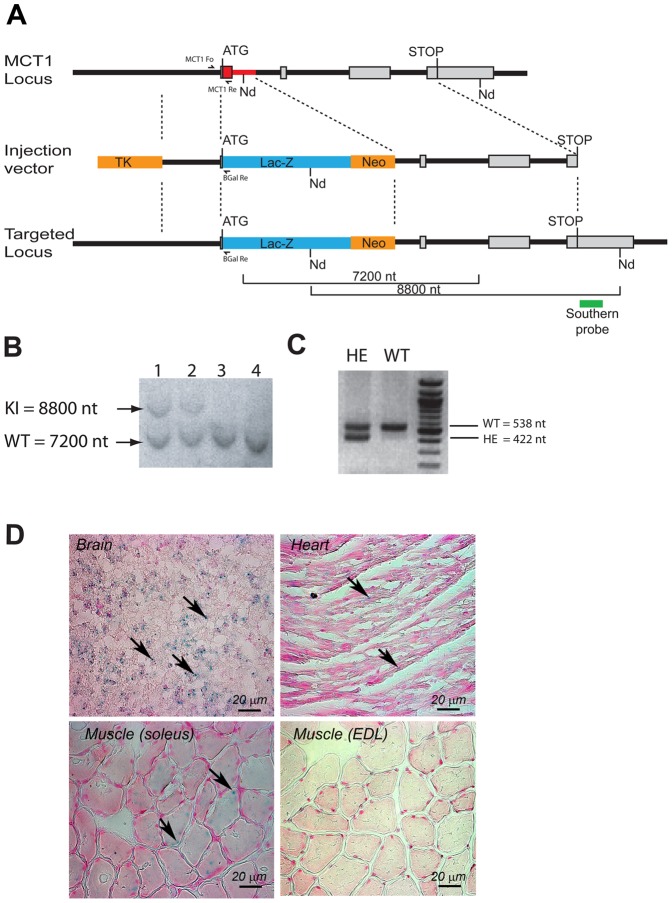Figure 1. Gene targeting strategy to produce the MCT1 knockout/ß-galactosidase knockin mouse.
(A) Structure of the MCT1 wildtype allele, the targeting vector, and the resulting MCT1 knockout/ß-galactosidase knockin allele showing the targeted locus. Exons are represented as grey boxes except exon 1 that contains the translation initiation codon (ATG). The mct1 gene sequence (640 bp) replaced by the fused LacZ/Neo gene sequence is indicated in red. TK, thymidine kinase gene for negative selection with Gancyclovir ; ß-Gal, the LacZ gene sequence coding for the enzyme ß-galactosidase ; Neo, neomycin resistance gene for positive selection with G418. (B) Southern blot performed with a 900 bp probe (green in A) on selected embryonic cell (ES) DNA digested with NdeI (Nd). ES 1 and 2 cell populations are showing a 7200 nt band corresponding to the wildtype (WT) allele and a 8800 nt band corresponding to the modified knockin (KI) allele due to a double recombination event. ES 3 and 4 cell populations did not undergo the double recombination event and only exhibit the 7200 nt band. (C) PCR genotyping strategy. PCR made with the primers MCT1 Fo, MCT1 Re and ßGal Re (see localization in A) present in the same reaction produces a fragment of 538 nt for wildtype (WT) animals, but also an additional fragment of 422 nt for heterozygote (HE) animals. (D) Histochemical detection of ß-galactosidase activity in selected tissues of MCT1 +/LacZ mice. The blue color in cells reflects the presence of the ß-galactosidase enzyme and therefore the mct1 promoter activity (arrows). Tissue counterstaining was done with nuclear fast red dye. EDL, extensor digitorum longus.

